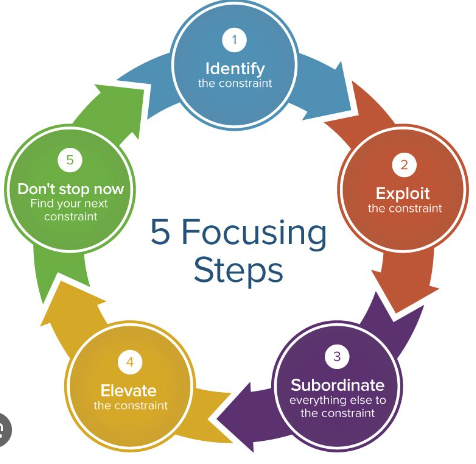I have worked in manufacturing for over 40 years and one of the most powerful tools available to businesses working in the manufacturing sector is Constraint Management. Below is a summary of the tool and expected benefits.
Constraint management is a systematic approach used to identify, analyze, and address the factors that limit or constrain the performance and productivity of an organization, process, or system. The goal is to improve overall efficiency and effectiveness by focusing on and alleviating these constraints. The concept is rooted in the Theory of Constraints (TOC), which was developed by Dr. Eliyahu M. Goldratt.
Key Components of Constraint Management:
- Identifying Constraints: The first step is to identify the most significant limiting factor within the system, often referred to as the “bottleneck.” This could be a physical resource, a policy, a process, or any other factor that restricts the system’s output.
- Exploiting Constraints: Once identified, efforts are made to maximize the performance and output of the constraint without significant additional investments. This might involve optimizing the use of the constrained resource or streamlining processes.
- Subordinating Everything Else: The entire system is adjusted to support the optimal performance of the constraint. This means other processes and resources may be realigned to ensure that the constraint is always utilized effectively and efficiently.
- Elevating the Constraint: If the constraint remains a bottleneck despite optimization, additional resources or changes are made to increase its capacity. This might involve investing in new equipment, hiring more staff, or implementing new technologies.
- Repeating the Process: Once a constraint is resolved, the next most significant constraint is identified, and the process is repeated. This creates a continuous improvement cycle.
Applications of Constraint Management:
- Manufacturing: Identifying bottlenecks in production lines and optimizing processes to increase throughput.
- Project Management: Managing project constraints such as time, budget, and scope to ensure successful project delivery.
- Supply Chain Management: Addressing constraints in the supply chain to improve efficiency and reduce delays.
- Service Industry: Improving service delivery by identifying and managing constraints in service processes.
Benefits of Constraint Management:
- Increased efficiency and productivity.
- Improved resource utilization.
- Enhanced ability to meet customer demand.
- Continuous improvement and adaptability.
- Better alignment of processes with organizational goals.
Constraint management provides a structured approach to identifying and resolving the factors that limit an organization’s performance, leading to improved outcomes and sustained growth.
GKW Business Solutions has the experience and processes to introduce this tool to your business. Give GKW a call to discuss how this tool can benefit your business.




